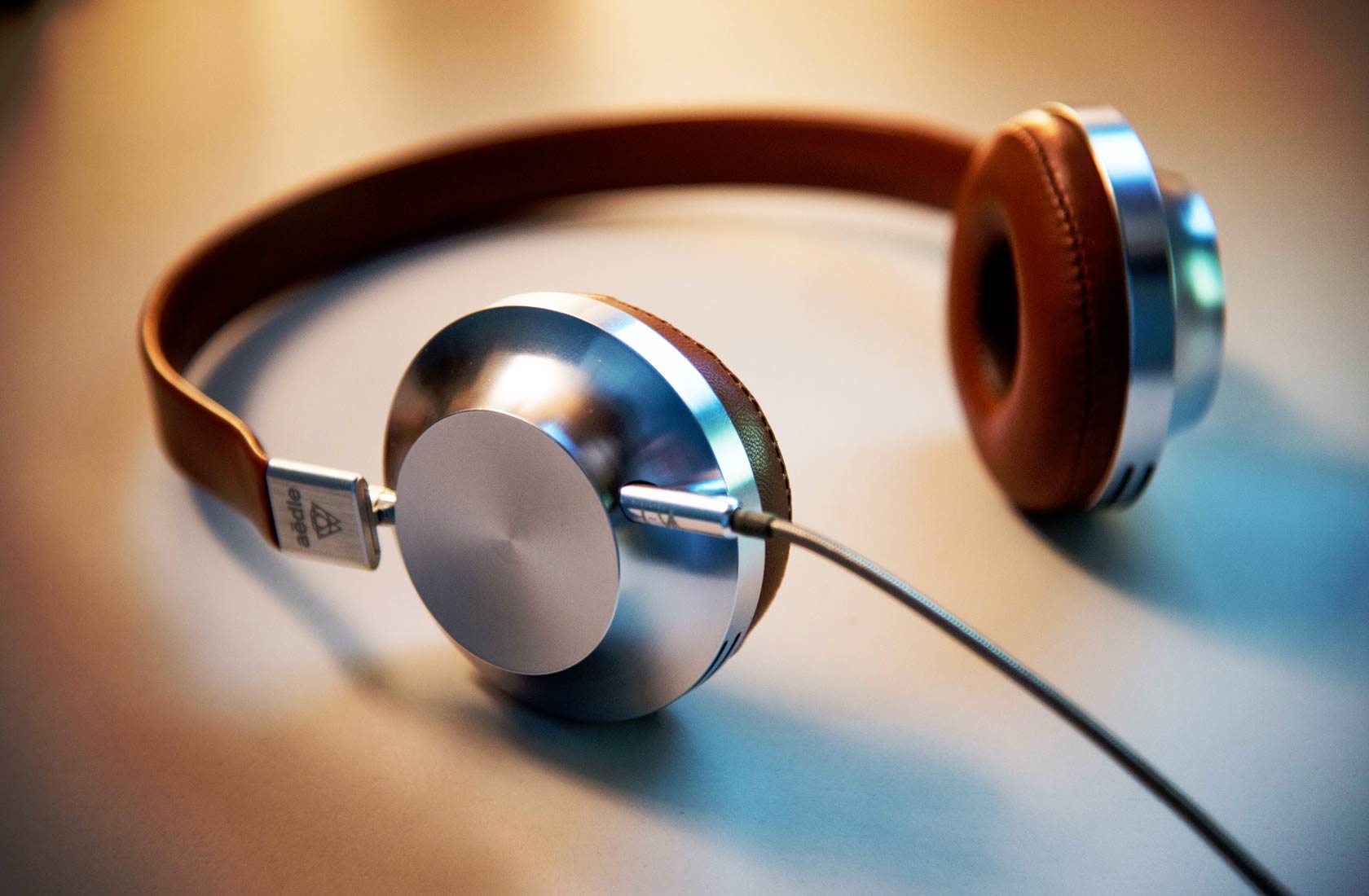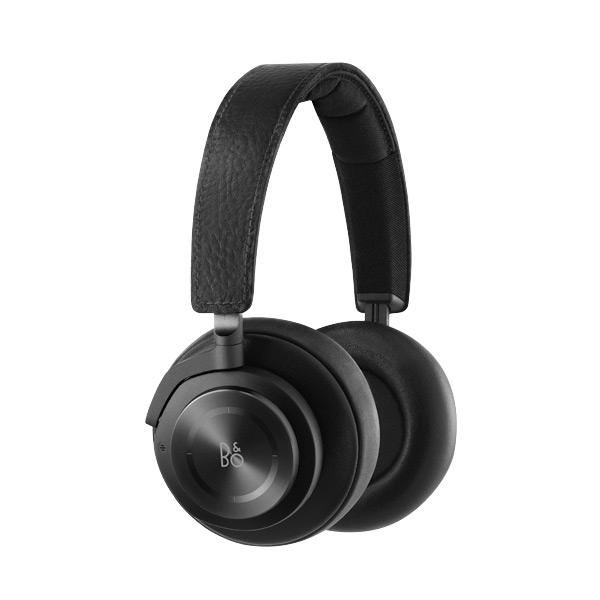Bang & Olufsen (B&O) (stylized as BANG & OLUFSEN) is a Danish consumer electronics company that designs and manufactures audio products, television sets, and telephones. It was founded in 1925 by Peter Bang and Svend Olufsen, whose first significant product was a radio that worked with alternating current at a time when most radios were run on batteries. In 2004, the company opened a factory in the Czech Republic where it employs approximately 250 staff producing mainly audio products.
Peter Bang (1900–1957), son of Camillo Bang, a successful Danish businessman, showed great interest in radio technology from an early age. After graduating as an engineer in 1924, he spent six months working in a U.S. radio factory. Upon his return to Denmark, he teamed up with his friend Svend Olufsen (1897–1949), whose parents made the attic of their manor house in Struer in Jutland available for experiments. When they officially opened their business in 1925, Bang concentrated on the technology while Olufsen dealt with business. There were a number of successful developments in the 1930s and 1940s.
The Beoplay H9s don’t neutralize quite as much noise as Sony’s pair, but that also lends them a more natural feeling.

It was, however, many years before their business became significantly profitable. The firm suffered a huge setback towards the end of World War II when its factory at Gimsing in Struer in Northwestern Jutland was burnt down by pro-Nazi saboteurs as punishment for the management’s refusal to collaborate with the Germans.
Undeterred, Bang and Olufsen rebuilt the factory, producing electric razors until 1955, and then going on to develop a range of radio, radiogram, and television sets, later influenced by designer Ib Fabiansen when he began work for the company in 1957.
In the 1990s B&O opened dedicated B&O stores selling directly to users instead of selling through retailers. Production of audio separates was discontinued in favor of mini-type audio systems sold, as was usual for B&O, at a price higher than the industry average.
For a pair of closed-back headphones (which, mercifully, doesn’t leak out much sound at all), these do a terrific job of making music, movies, and games sound wide and expansive.
B&O has a distinctive design appeal that Wired described as quality media delivery via striking objects. Their work with radios and loudspeakers led them to value high fidelity musical reproduction uninfluenced by technological limitations; in Danish Ærlig musikgengivelse, meaning honest music reproduction. To this end, psychoacoustics was important to designing and testing B&O products.
By 1960 Bang & Olufsen had begun its foray into global markets with star designers Henning Moldenhawer and Jacob Jensen. B&O hires designers rather than directly employing them in the company. David Lewis, who became involved with B&O in 1965 then went on to design most of the company’s products after 1980. In 1978, the Museum of Modern Art in New York City held an exhibition dedicated to Bang & Olufsen designs. It is known to give its designers a lot of free rein.
It’s also been discussed that Apple’s iPod design was inspired by Bang & Olufsen’s BeoCom 6000, a wireless telephone designed by Henrik Sørig Thomsen with a wheel to scroll.




